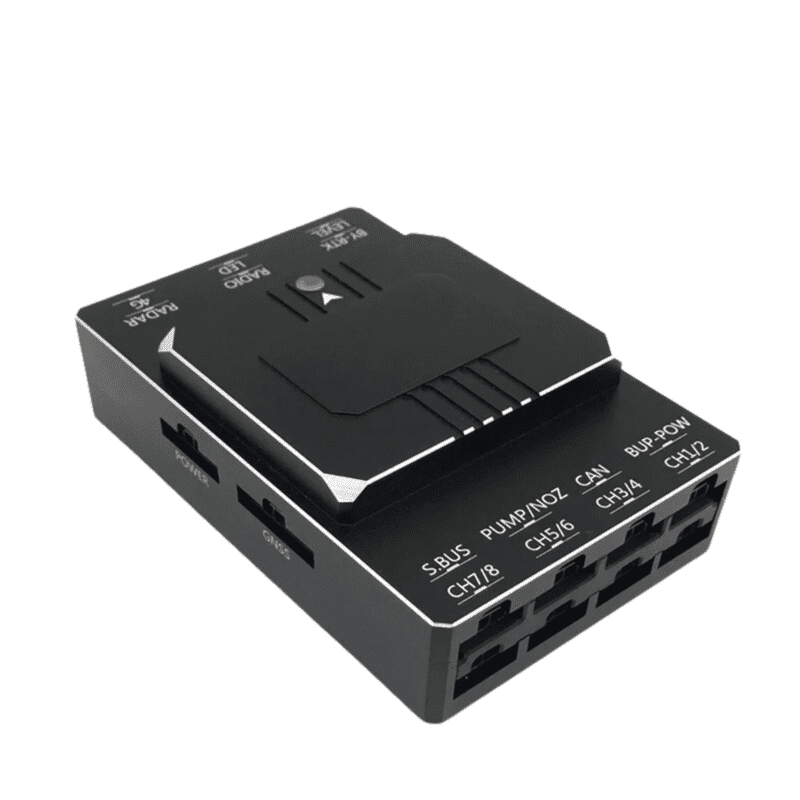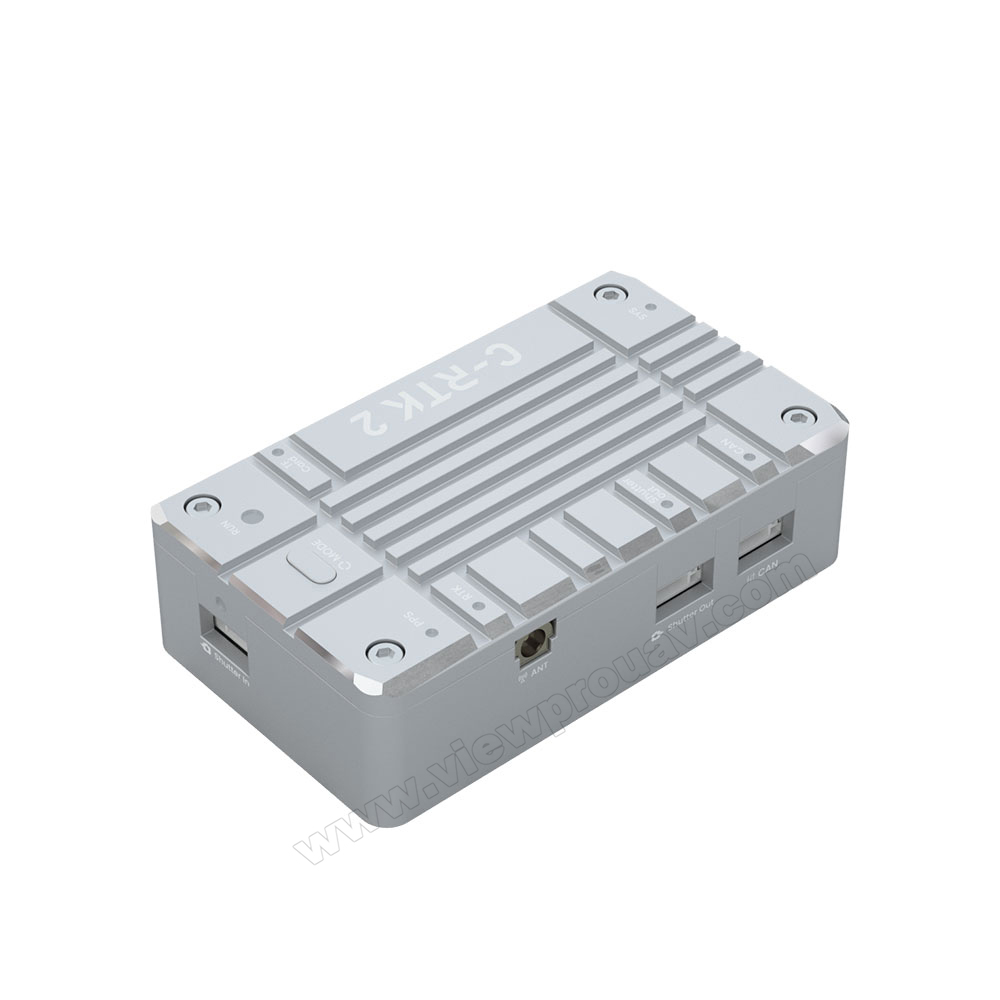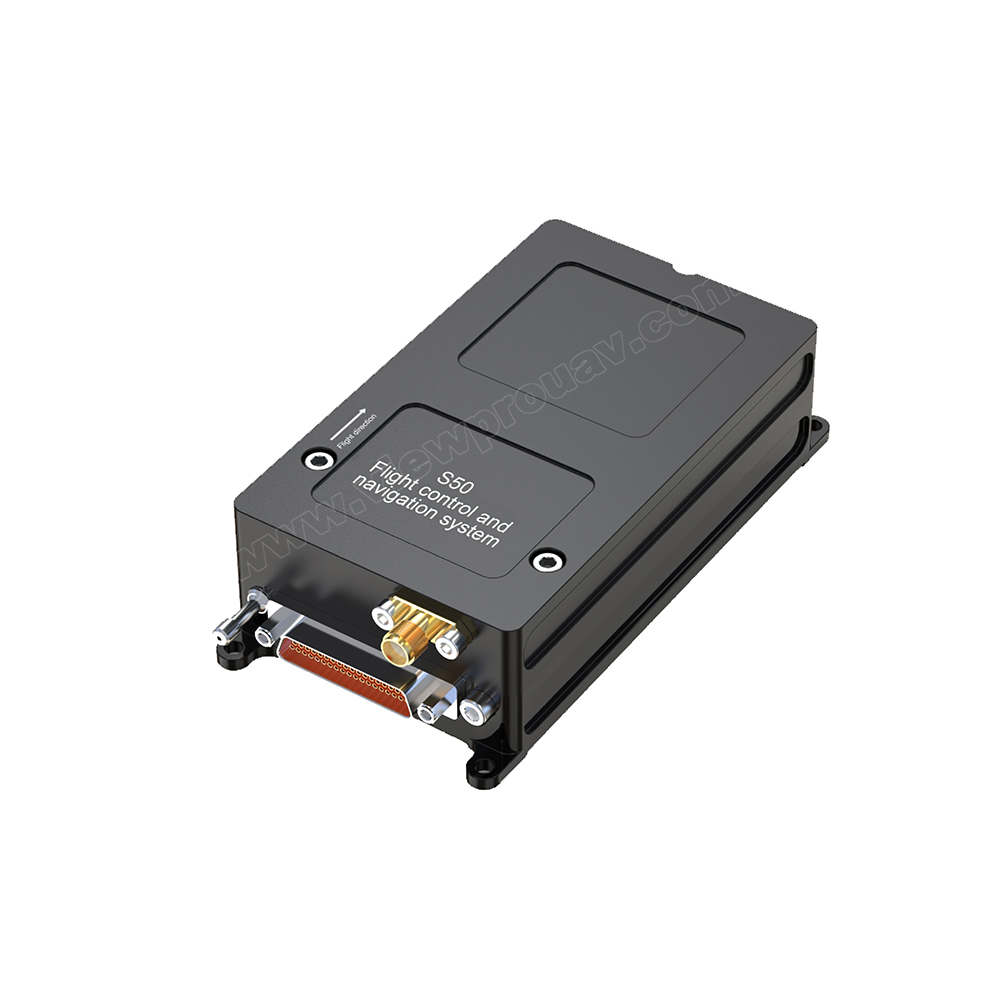Improve Drone Performance with SparkNavi Drone Flight Controller and GNSS/INS Made in Taiwan
Improve Drone Performance with SparkNavi Drone Flight Controller and GNSS/INS Made in Taiwan
Blog Article
Exploring the Duty of Drone Flight Controllers in Enhancing Flight Security and Navigating Efficiency
The development of drone technology has actually dramatically increased the value of trip controllers, which serve as the brain of these aerial automobiles. By incorporating real-time data from a variety of sensing units, flight controllers boost flight security and navigating effectiveness, making certain that drones can run smoothly even in complex environments.

Recognizing Trip Controllers
Flight controllers are essential components in the functioning of drones, acting as the minds that handle and maintain flight procedures. These sophisticated devices process data from different sensors, consisting of accelerometers, gyroscopes, and GPS, to ensure that the drone maintains its desired flight course. The trip controller analyzes this data and executes commands based upon pre-defined algorithms, enabling the drone to reply to ecological adjustments, such as wind or obstacles.
The main feature of a flight controller is to maintain stability throughout trip. It achieves this by making real-time adjustments to the drone's electric motors and control surfaces, making certain equilibrium and control. Additionally, contemporary trip controllers integrate advanced features such as waypoint navigating, permitting for automated trip paths and improved operational efficiency.
Recognizing the design of flight controllers is important for both hobbyists and experts. As technology breakthroughs, flight controllers have actually become a lot more qualified and small, incorporating man-made knowledge to enhance decision-making processes and adapt to intricate trip circumstances.
Key Components of Flight Stability
Achieving ideal trip stability in drones depends on a number of key elements that operate in concert to guarantee smooth and regulated operations. Central to this security is the trip controller itself, which refines data from numerous sensing units to keep the preferred trip perspective. This consists of accelerometers and gyroscopes that measure activity and positioning, permitting for real-time adjustments to the drone's position.
Another critical element is the electronic rate controllers (ESCs), which control the power delivered to the motors. By carefully tuning motor rates in response to flight controller commands, ESCs assist maintain equilibrium and counteract disturbances triggered by wind or abrupt activities.
Furthermore, the style of the drone's framework plays a critical function in flight security. A well-structured framework minimizes vibrations and boosts the general aerodynamic account, adding to smoother trip features. Ultimately, the integration of innovative formulas within the flight controller aids in anticipating adjustments, ensuring a responsive and versatile flight experience.
With each other, these components develop a natural system that improves a drone's security, enabling for accurate maneuvering and boosted performance in various trip conditions.
Navigating Efficiency Methods
Efficiency in navigation is important for maximizing drone operations, specifically in complex settings. Efficient navigating methods improve the capacity of drones to pass through tough surfaces and avoid challenges, thus boosting operational performance and safety.
One famous technique is the implementation of innovative GPS and inertial measurement systems (IMUs) that offer precise place tracking and alignment information. These modern technologies permit drones to compute optimal trip paths in real-time, thinking about numerous elements such as wind problems and prospective obstacles.
One more strategy involves making use of formulas for course planning and optimization. Algorithms such as A * and Dijkstra's algorithm can be deployed to determine the most efficient path while minimizing energy intake and trip time. Moreover, incorporating visit this site artificial intelligence versions can make it possible for drones to adaptively learn from their environments, enhancing navigating abilities through experience.

Effect On Autonomous Drones
The integration of innovative navigation strategies has actually exceptionally changed the capacities of independent drones, enabling them to operate with higher freedom and accuracy. SparkNavi drone flight controller and GNSS/INS made in taiwan. These improvements are largely credited to advanced trip controllers that use real-time information processing and sensor blend, permitting drones to navigate intricate atmospheres effortlessly
The influence on self-governing drones expands beyond simple navigation; it encompasses boosted obstacle avoidance, boosted stability throughout dynamic conditions, and raised goal dependability. By leveraging formulas that incorporate artificial intelligence and expert system, drones can adjust to changing scenarios, making informed decisions that maximize their flight paths while reducing dangers.
In addition, the execution of durable trip controllers has actually facilitated the execution of complicated tasks, such as aerial inspections, distribution services, and farming tracking, with minimal human intervention. This capability not just streamlines operations yet likewise reduces human mistake, consequently boosting general security.
As an outcome, the functional scope of independent drones has actually expanded dramatically, making them indispensable devices in various markets. Their ability to do effectively in varied scenarios emphasizes the essential function that progressed trip controllers play fit the future of unmanned airborne systems.
Future Trends in Trip Control
Regularly, improvements in trip control modern technology are poised to redefine the landscape of drone procedures in the navigate to this site coming years. Emerging patterns indicate a significant change in the direction of enhanced expert system (AI) integration, allowing flight controllers to refine real-time information extra effectively. This evolution will certainly promote improved decision-making abilities, permitting drones to adapt to dynamic environmental problems autonomously.
Furthermore, the implementation of artificial intelligence algorithms is anticipated to boost predictive upkeep, consequently decreasing downtime and extending the lifecycle of drone parts. This positive approach to maintenance will be vital as drone applications broaden across numerous industries, from agriculture to logistics.

.png)
Lastly, improvements in safe communication protocols will certainly address security and regulatory worries, making certain that drones can run flawlessly in congested airspaces (SparkNavi drone flight controller and GNSS/INS made in taiwan). Collectively, these patterns aim in the direction of a future where trip control systems are not just smarter and much more additionally capable however efficient of operating safely in a progressively integrated airspace
Verdict
To conclude, drone flight controllers are indispensable to boosting trip stability and navigating efficiency with the innovative handling of sensing unit data. By keeping ideal trip perspectives and employing sophisticated formulas for path optimization and challenge avoidance, these controllers dramatically add to the autonomy and functional safety and security of drones. As modern technology proceeds to evolve, better advancements in trip control systems are expected, guaranteeing enhanced performance and broadened capabilities in the realm of unmanned airborne vehicles.
By incorporating real-time information from a range of sensors, flight controllers boost flight stability and navigation performance, making certain that drones can operate efficiently even in complicated environments.Flight controllers are integral components in the functioning of drones, serving as the minds that manage and maintain flight procedures. In addition, contemporary trip controllers integrate advanced features such as waypoint navigating, permitting for automated trip courses and enhanced functional efficiency.
Central to this stability is the flight controller itself, which processes data from numerous sensing units to maintain the desired trip perspective.In conclusion, drone flight controllers are essential to enhancing trip security and navigation performance with the innovative handling of sensing unit data.
Report this page